Spontaneous counter-protest seen as symbolic victory over “Freedom Convoy”
Ottawans are taking back their streets
On Feb. 3, counter-protesters successfully blocked a branch of the “Freedom Convoy” from joining up with the main protest at Parliament Hill.
Around two dozen vehicles adorned with flags, anti-Trudeau imagery and other nationalist symbols were halted by locals at the intersection of Riverside Dr. and Bank St. in the city’s Old Ottawa South region.
The counter-protest lacked central organization, growing spontaneously after word of the convoy branch—arriving from a Coventry road encampment 5 km from Parliament—spread among local groups on Facebook and Reddit.
The spontaneous blockade follows a Feb. 2 counter-demonstration against the convoy’s hold on the city. Hashtags such as #OttawaOccupation have become increasingly popular on social media among residents.
According to a participant named Jadie, the 30 or so counter-protesters initially blocking off the strategic intersection at 9 a.m. were soon joined by upwards of 1,000 participants. The standoff that followed lasted until late afternoon.
“We headed them off a little before the intersection so the non-convoy cars could get past first,” she said. “We blocked the convoy as it advanced and some folks stood right in front so they had to stop. It was terrifying.”
“Freedom Convoy” spokesman and organizer Pat King publicly advocated for convoy supporters to help break out the column which had been “swarmed with anti-protestors.” No such reinforcements arrived to support the column, and physical altercations were kept to a minimum. Intense verbal confrontations occasionally erupted between drivers and counter protestors, with the latter’s assertions that “vaccines are the ones killing people” frequently drowned out by chants of “go home” and “our streets.”
As counter-protesters continued to pour in throughout the afternoon, several dozen police officers arrived to mediate the situation.
Dwayne Winseck, counter-protester and professor at Carleton University’s School of Journalism and Communication, said that some officers denied his request for them to remove a fence and clear safe paths for counter-protesters in the event convoy drivers became aggressive.
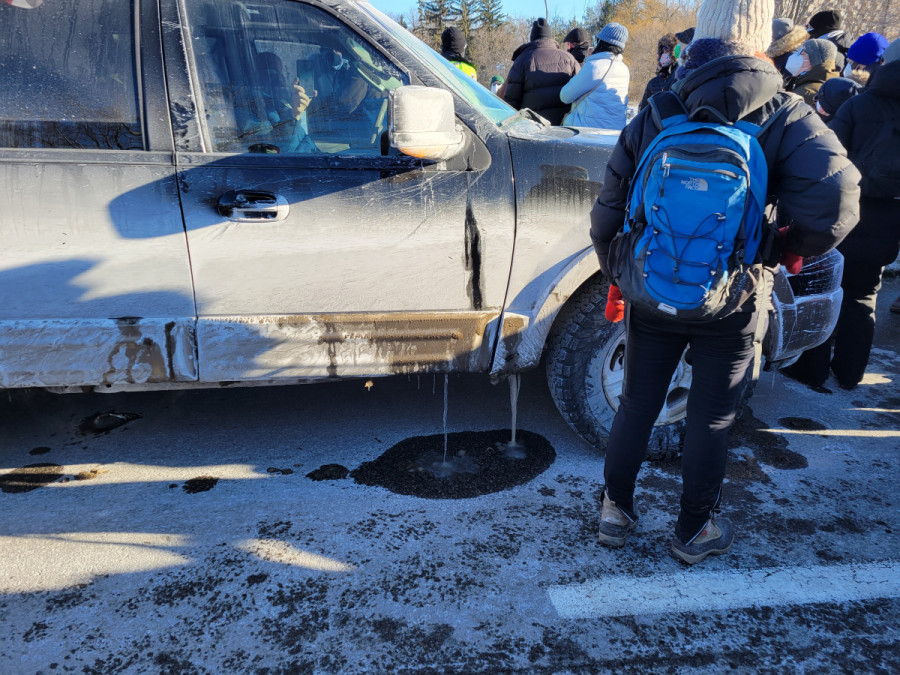
According to counter-protester Janice Haynes, many in the crowd were angered by the unequal police response in protecting this branch of the convoy over protecting Ottawa at large from the entire “Freedom Convoy” movement.
“I think we’re frustrated that apparently they show up here and make advances towards us but they don’t seem to make any advances down in Parliament Hill,” she said.
The spontaneous nature of the blockade was reflected in its initial lack of concrete demands. Most participants expressed anger towards drivers for the “Freedom Convoy’s” disruptions of daily life.
Counter-protester Rory Lewis said he was there to stand up against what he sees as a nascent fascist movement occupying his city.
“It was clear from the march yesterday and from now that there’s energy and momentum on the side of the people of Ottawa now, and I think partially because we saw that blockades helped turn these people around in other cities like Windsor,” he added.
Winseck explained that what counter-protesters really wanted was the dispersal of the entire convoy and a thorough police investigation into their disruptive behaviour.
“That’s what everybody’s livid about right now—and scared—that the cops have abandoned us up until now. People who live downtown are just not getting protection,” he said.
As police inaction at handling the convoy drivers became apparent, several within the movement began negotiating directly with drivers for an end to the standoff. While direct communication between counter-protesters and police was upheld, it was apparent that the former were the ones taking on the role of direct negotiators with convoy drivers.
While many were initially reluctant to release vehicles from the column, counter-protesters eventually agreed to gradually let drivers leave under police escorts. These concessions were granted only under conditions that drivers remove all flags and provocative imagery from their vehicles and immediately return home.
Counter-protester Jay Pelletier acknowledged this was an imperfect solution that left many in the crowd frustrated. He said that despite convoy drivers’ promises to return home, measures weren’t strict enough in order to prevent them from simply returning the next day.
“This is mostly symbolic, I don’t think we’re putting a dent into the protest per se, but it does show that when you have a magnitude more counter-protesters that people have had enough,” he said.
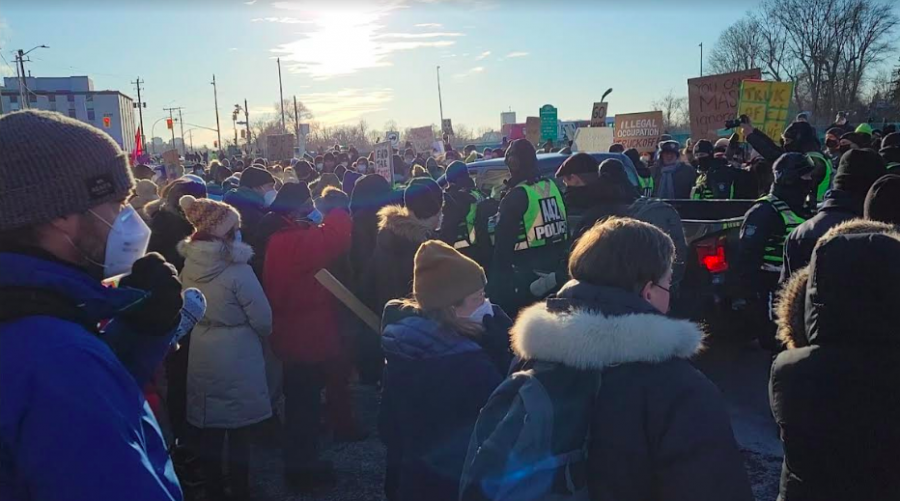
Groups of counter-protesters cheered as convoy drivers were permitted to leave their vehicles and remove the flags and decals that adorned them. Vehicles departed in a staggered fashion with the aim of preventing them from congregating in force elsewhere.
One counter-protester who directly negotiated with several convoy drivers urged the crowd to remember the world's eyes rested on Ottawa. They said counter-protesting must take a higher ground from the destructive tactics employed by the convoy.
“We have to remember that this doesn’t end today,” they said. “After we get these vehicles out of here, we have to get people together and become more involved and organize so we’re better able to protect and support our community, so we can take further actions to end this convoy.”
In light of Saturday's march and this counter-protest, the social media accounts of groups seeking to better organize Ottawans in resistence to the convoy –such as Horizon Ottawa and ProOttawaRally2022– have grown in popularity.
According to Haynes, this consolidation of community driven momentum into organized actions is the clear path forward to ending the convoy.
“It feels like we accomplished something. Instead of watching the police do nothing on TV, we decided to stand up with people who are like minded,” she said. “It may be a small victory, but a lot of small victories make a big one. This is just the beginning.”

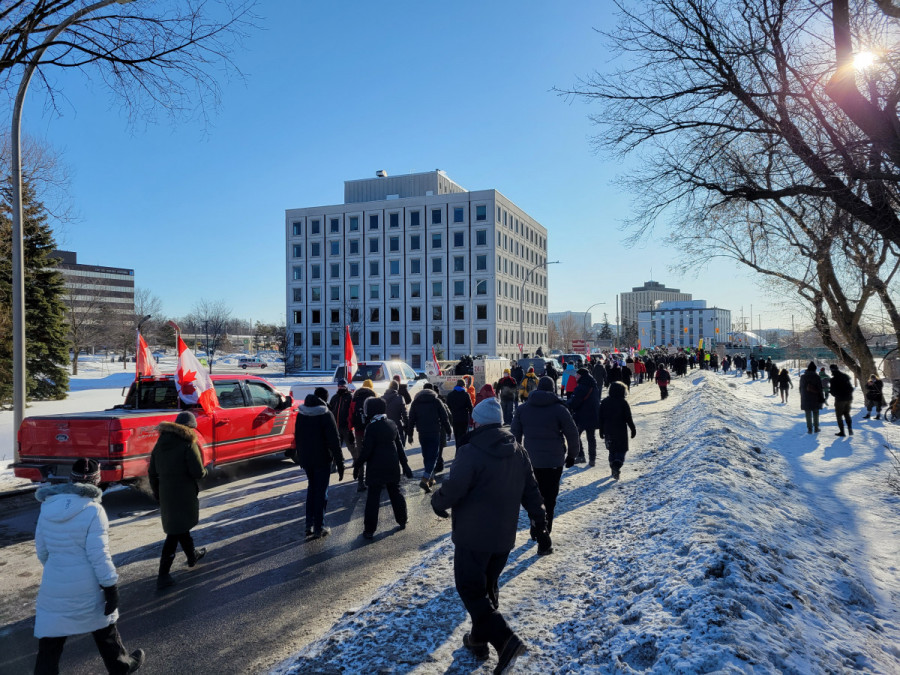

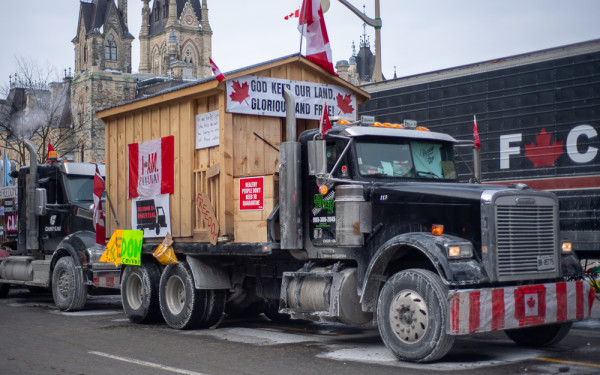
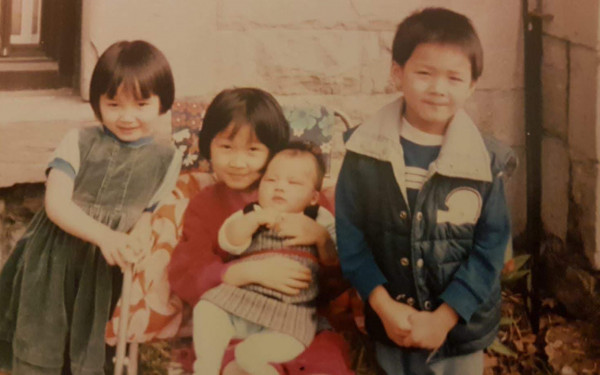
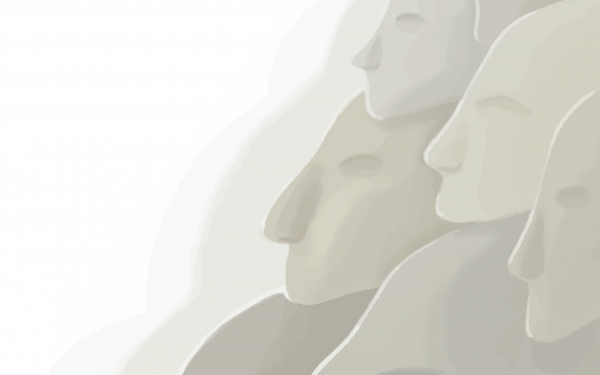
1_600_375_90_s_c1.jpg)